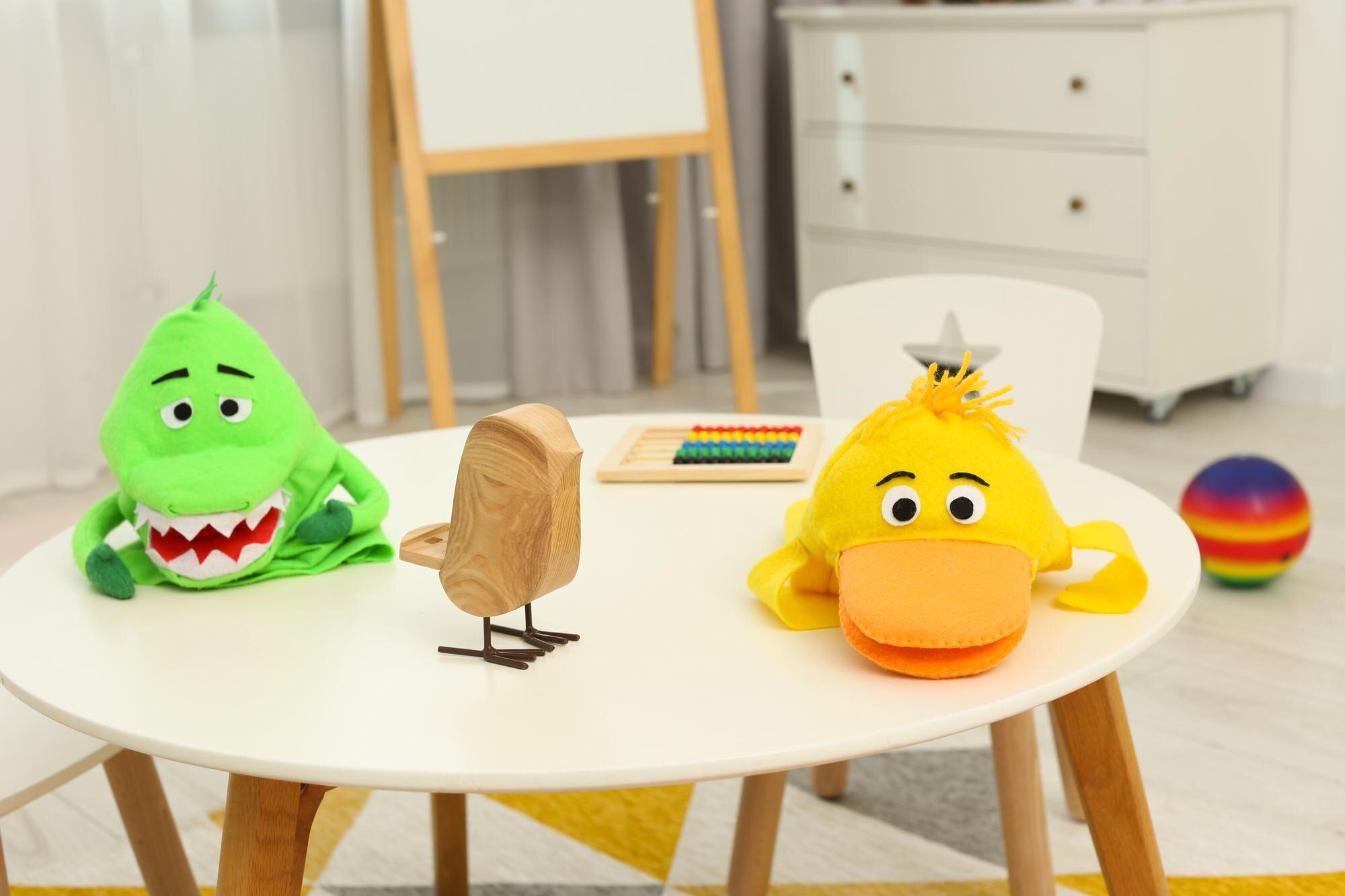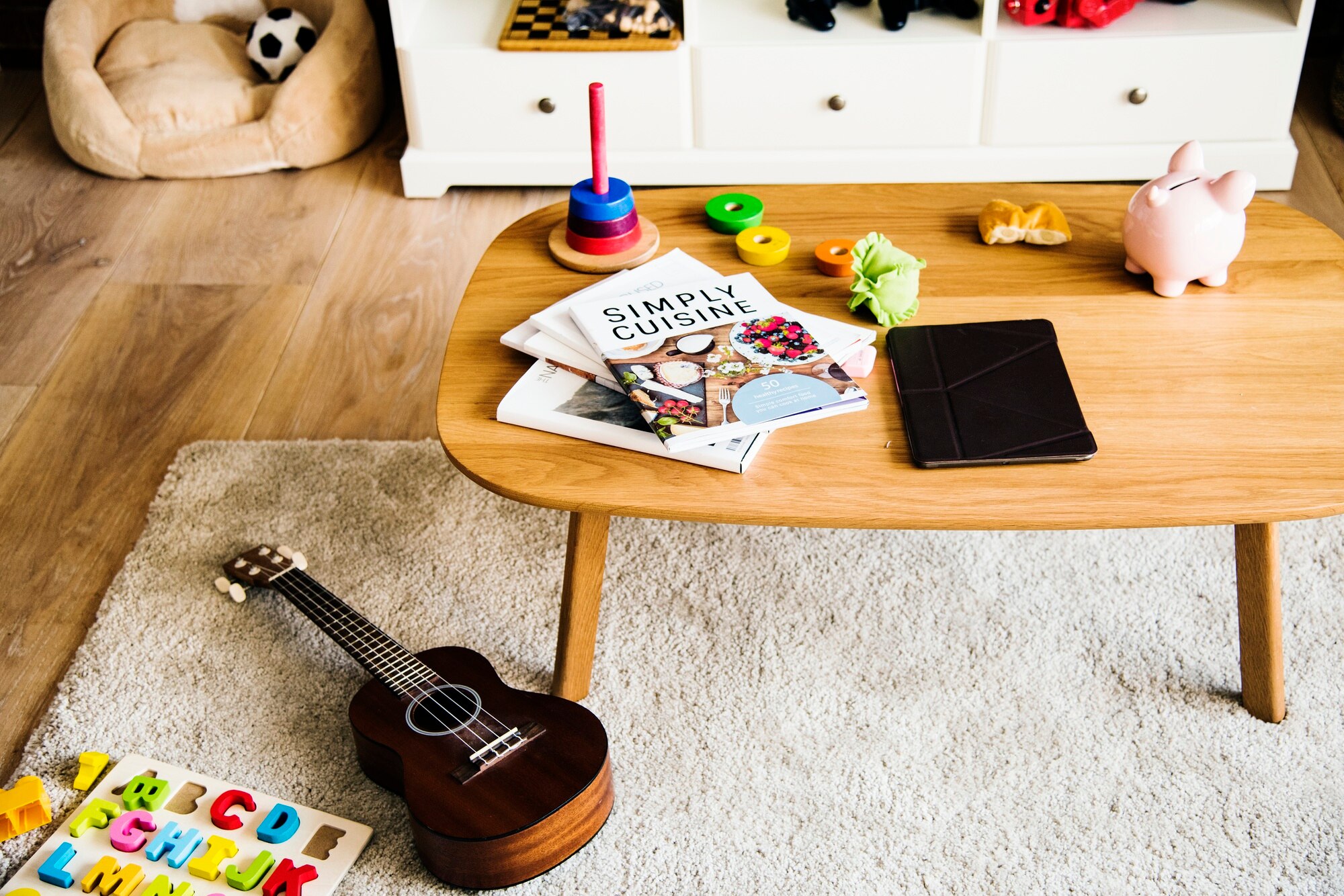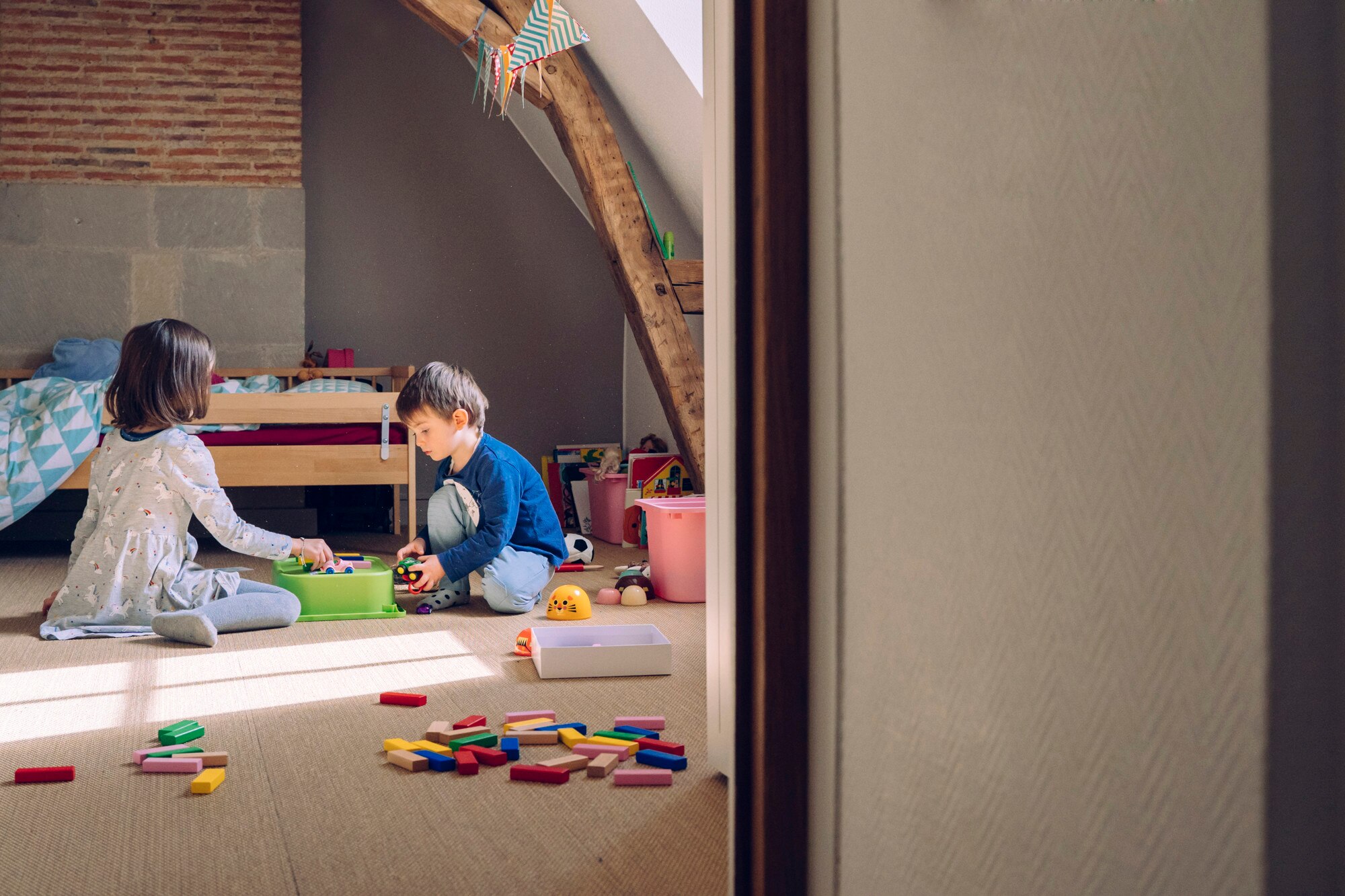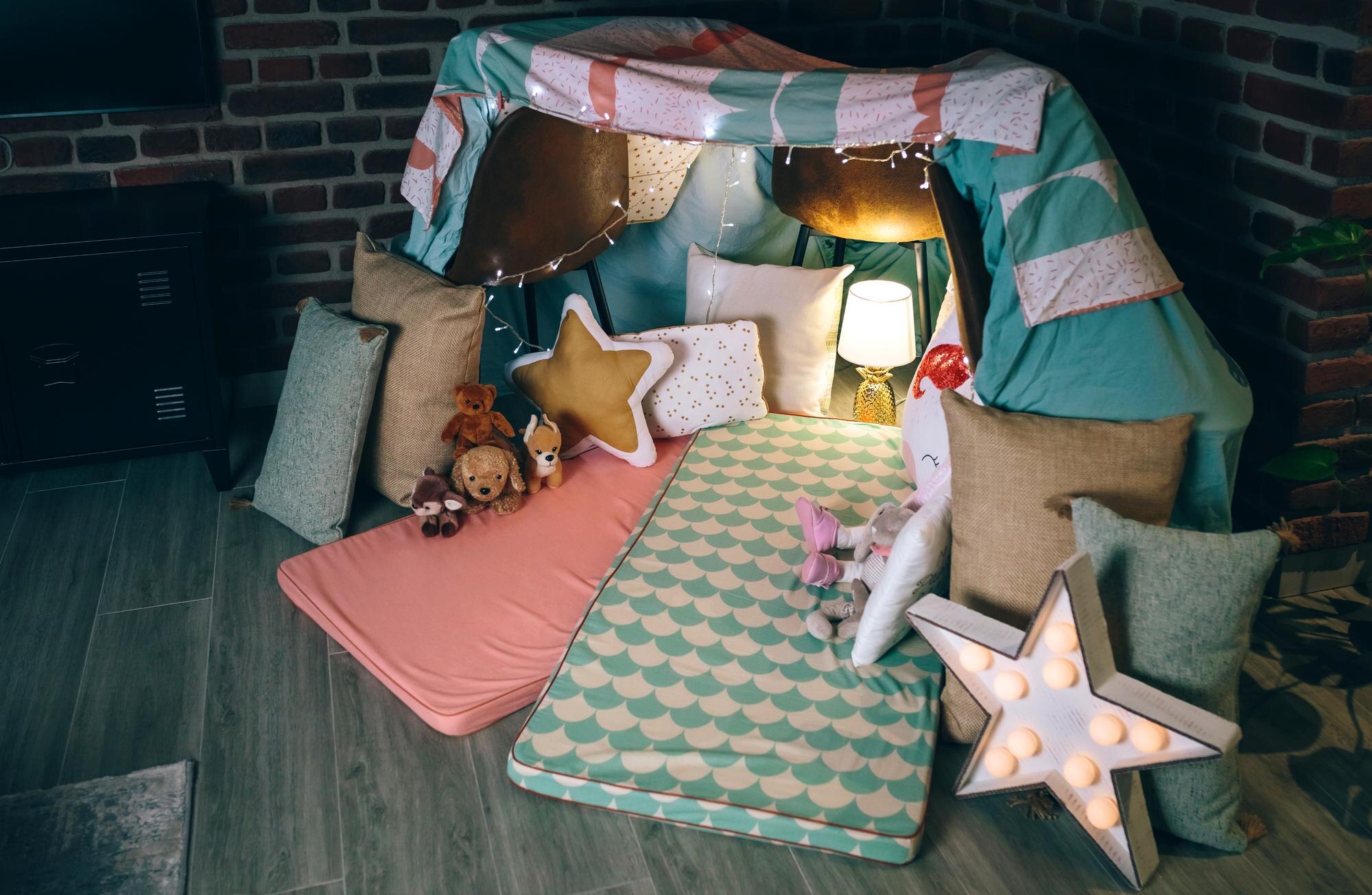Creating a Screen-Free Learning Haven at Home: Simple Tips for Busy Parents
In today’s fast-paced, tech-driven world, creating a screen-free learning haven at home can seem like a daunting task. Yet, for parents eager to nurture their child’s curious mind, a cozy corner filled with imaginative play and educational activities can transform your space into a vibrant hub of discovery. With a few simple changes, you can design a home learning environment that fosters early childhood education through play-based learning. Imagine your child giggling with delight as they engage in hands-on activities that stimulate their senses and encourage growth. Let’s explore some fun and practical tips to help your little one thrive without the screen, turning everyday moments into magical learning experiences. 🌟
Learn more about creating a screen-free environment here.
Designing Your Learning Space

Creating a learning space at home can be an exciting opportunity to nurture your child’s curiosity and development. A well-designed area encourages engagement and focuses on fostering a love for learning. It’s essential to consider the environment’s comfort and functionality, ensuring it’s conducive to play-based learning and educational activities for toddlers.
Creating Cozy Corners
Cozy corners are inviting spaces that provide comfort and stimulate a child’s imagination. Begin by selecting a quiet area in your home, away from distractions. Use soft cushions, blankets, or bean bags to create a snug nook.
-
Introduce a small bookshelf or storage box with a variety of age-appropriate books and toys.
-
Incorporate a small table for drawing or puzzles, and add a soft rug for added warmth.
These elements help create a haven that encourages children to settle into their surroundings and engage in focused play. For more ideas on organizing your space, check out these tips.
Choosing Educational Activities
Selecting educational activities is crucial for a child’s development. Opt for activities that are both fun and beneficial.
-
Crafting and Art Projects: Encourage creativity with simple crafts using everyday materials.
-
Building Blocks and Puzzles: These foster problem-solving skills and fine motor development.
-
Music and Movement: Incorporating songs and dance can enhance physical coordination and rhythm.
Explore a rich variety of activities in our Discovery Pack designed for screen-free learning.
Encouraging Imaginative Play

Imaginative play is a cornerstone of early childhood education. It allows children to explore different scenarios and roles, enhancing their social and emotional skills. By using everyday items and storytelling, you can create engaging play experiences that captivate your child’s imagination.
Incorporating Everyday Items
Everyday household items can transform into magical tools for imaginative play. Cardboard boxes become rockets or castles, while old clothes can be part of a dress-up chest.
-
Kitchen Utensils: Use pots, pans, and spoons for pretend cooking.
-
Fabric Scraps: These can become costumes or props in a play.
-
Recyclable Materials: Encourage children to create art or build structures using these items.
These items are not only cost-effective but also stimulate creativity. For more inspiration, explore practical tips.
The Power of Storytelling
Storytelling is a powerful tool in a child’s development. It fosters language skills, creativity, and emotional intelligence.
Start with familiar stories, then encourage your child to invent their own tales. Use props or puppets to bring stories to life, making them more interactive and engaging.
-
Listen and Respond: As your child narrates their story, ask questions to expand their thoughts.
-
Encourage Sequencing: Help them understand the beginning, middle, and end of a story.
For more on storytelling techniques, visit this resource.
Fostering Growth Through Play

Play is an essential part of childhood that promotes learning and growth. By incorporating sensory and outdoor activities, you can offer enriching experiences that support development in a natural and enjoyable way.
Sensory Stimulating Adventures
Sensory activities engage a child’s senses, promoting exploration and discovery.
-
Sand and Water Play: Use a small tub for sand or water play, introducing toys like cups or scoops.
-
Texture Exploration: Provide various materials such as playdough, rice, or beans for tactile experiences.
These activities enhance cognitive skills and sensory awareness. For more ideas on sensory play, explore these concepts.
Simple Outdoor Activities 🌿
Outdoor activities provide opportunities for physical play and interaction with nature.
-
Nature Walks: Discover local parks or trails, encouraging exploration and curiosity.
-
Gardening: Plant seeds and watch them grow, teaching children about nature and responsibility.
-
Playgrounds: Use swings and slides for physical development in a safe environment.
These activities offer fresh air and exercise, vital for healthy growth. For more outdoor activity ideas, learn here. 🌟


